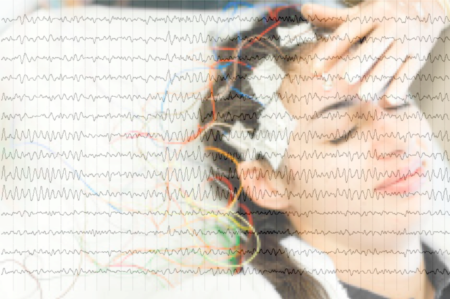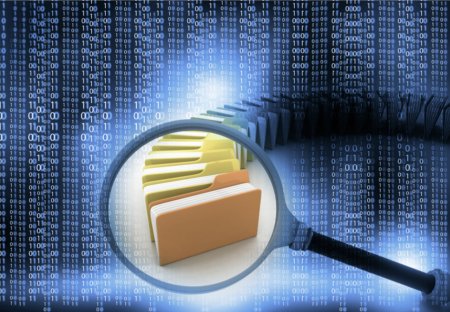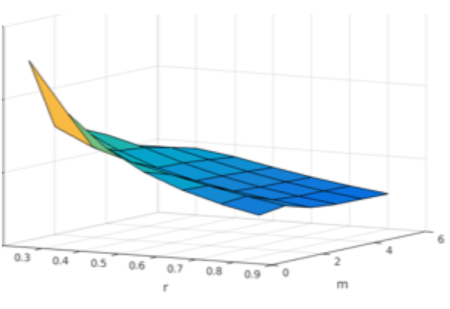The feedback loops between brain and body are profound, leading to the possibility that cognition is not simply a function of the brain alone but…
Lab Talk
Down a Rabbit Hole? A History of EEG Analysis
The analysis of the EEG signal in terms of frequency bands has its origins in the technical workarounds of the 1930s when there were no…
Many Ways to Measure Attention
Attention is a multifaceted, multisensory cognitive phenomenon that can be studied in many ways. Here we describe a few methods used in the lab to…
Ethics in EEG
New directions and applications in EEG have significant implications for the future of society and raise the need for ethics frameworks. Last week the South…
The Illusion of Reality
Optical illusions demonstrate how our brains filter sensory stimulii and fit it into a construct that ‘makes sense’ to us. Can we measure our…
Alpha, Alpha Everywhere: What Does it Mean?
Activity in the alpha band has been a subject of much interest since the first recording of EEG. However methodological inconsistencies and confounding changes across…
Detrended Fluctuation Analysis: A Glimpse at Memory in the EEG
DFA is a method to identify self-similarity of signals in time – a way of quantifying an aspect of memory. How does it work, how…
How to Fix Peer Review (because its broken and obsolete)
The mechanisms of peer review were defined at a simpler time before big data, more complex algorithms and millions of papers published annually. Here’s how…
Using EEG to Inform Architectural Form
The nascent field of neuroarchitecture seeks to identify the emotional and cognitive impact of visual forms and incorporate it into architectural design. In 1970, Jonas…
The Impact of Parameter Choices on EEG Entropy Measures
Entropy measures are affected by data length, choice of window length and threshold suggesting caution in how they are used and interpreted. In previous posts…










